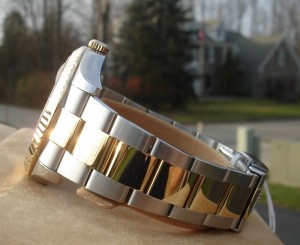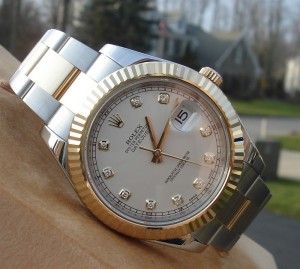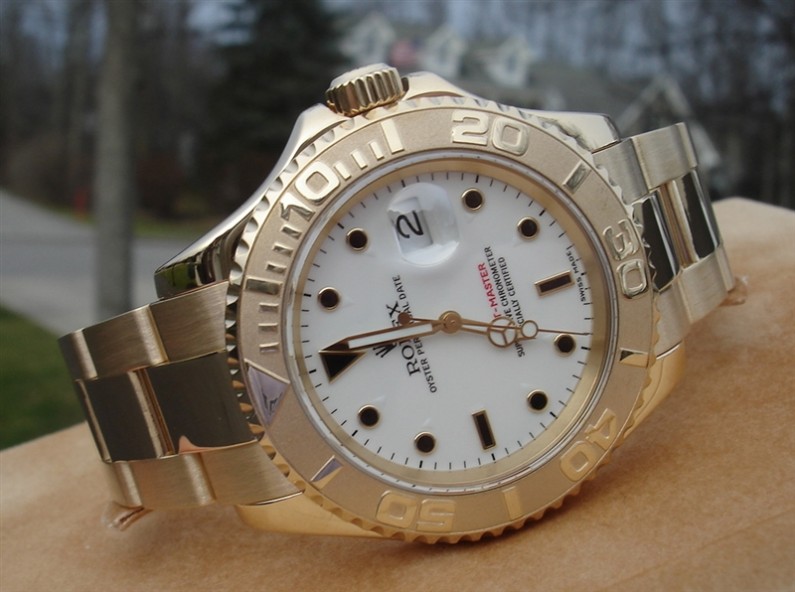Water Got Into My Rolex. What Should I Do now?
Sometimes, no matter how careful you are, the god of clocks will not smile at you, and the worst can happen. If your watch is getting water, the first thing you’ll probably know is a slight condensation or fog on the crystals. There may be other clues, such as a loss of shine, or a stutter, or complete cessation of movement in the hand.
Once you notice these signs, time is of the essence. Saltwater corrodes faster than freshwater, but whatever saltwater gets into seawater, it can cause some real harm if not treated quickly. Watch caliber is made up of some extremely fine parts, even the slightest corrosion caused by water damage will make it unusable.
What you do next depends on how long you think the 
 water has been inside and how much there might be. If you believe it is just a small amount and it has only been there for a short time you may get away with trying to dry the best replica watch out yourself. Leave it to face up in a warm place; not too hot, as that can cause more problems. Alternatively, you could submerge the watch in some kind of desiccants, such as dry, uncooked rice, or pure silica gel cat litter. These can be good for helping to suck moisture away from the most vulnerable parts, but there’s also the risk of letting debris into motion if you’re not careful.
water has been inside and how much there might be. If you believe it is just a small amount and it has only been there for a short time you may get away with trying to dry the best replica watch out yourself. Leave it to face up in a warm place; not too hot, as that can cause more problems. Alternatively, you could submerge the watch in some kind of desiccants, such as dry, uncooked rice, or pure silica gel cat litter. These can be good for helping to suck moisture away from the most vulnerable parts, but there’s also the risk of letting debris into motion if you’re not careful.
All of that being said, we would always advocate a trip to your local replica watches as soon as possible, regardless of how bad you think the water ingress might be. From the outside, it is impossible to tell just how much has infiltrated the case. Get your parts to the service center as soon as possible, and you may end up having to pay to have them checked, to have some gears replaced, or to pay a lot of money for repairs.
A professional watchmaker will take your model down, dry and clean each part, and then reassemble it properly. It’s not the cheapest day out, but it’s a good deal to bring home a Rolex.
